

Want to know the advantages of learning Spanish as a native Italian speaker? Read on…
If you’re Italian and thinking about learning a new language, Spanish might be the best choice for you.
Meet Micól, a young Italian student who wanted to learn Spanish. She went all the way to Valencia, Spain, to join a Spanish Homestay Immersion Programme at Spanish Express to help her learn the language.
But why Spanish? Actually, Spanish and Italian have a lot in common, both tracing back to the Roman Empire’s Vulgar Latin. Because of these similarities, it’s often easier for Italians to learn Spanish.
In this article, we’ll follow Micól’s journey. We’ll see how she started with the basics and made rapid progress, thanks to the close links between the Italian and Spanish languages.
This isn’t just a story about learning words; it’s about how embracing a new culture can make learning a language even more rewarding.
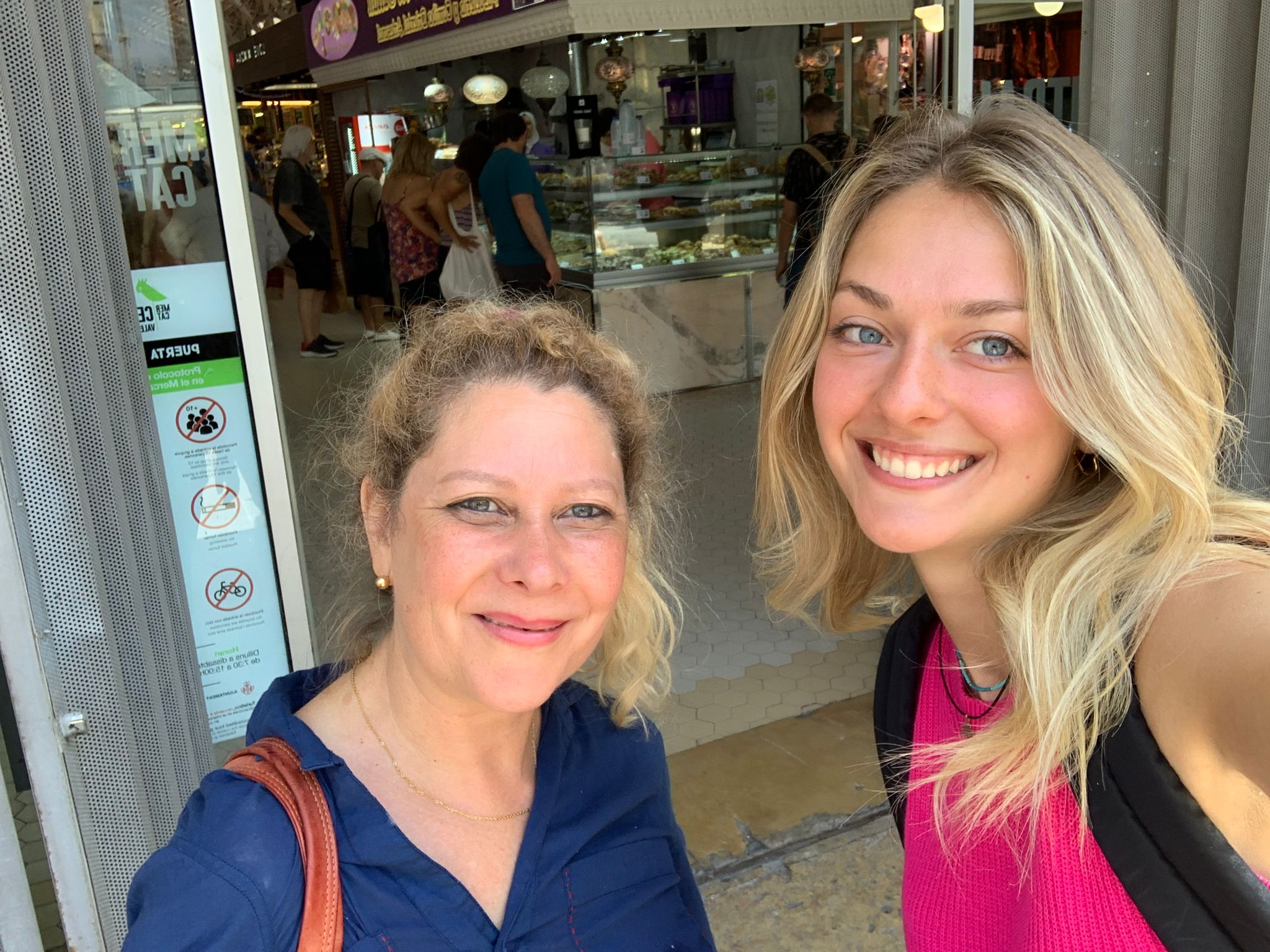
Tailor-made Spanish and cultural program for Micól in Valencia (Spain)
Spanish Express is a unique language school that offers a tailor-made program to suit the individual needs and preferences of each student. The curriculum is flexible, designed to accommodate students from various backgrounds, including native speakers of other Romance languages like Italian. Since Italian and Spanish share similarities, the program can accelerate the learning process for Italian speakers.
One of the program’s unique aspects is the focus on Spanish pronunciation, conjugation rules, and the subtle differences between Italian and Spanish vocabulary. It takes into account the common roots of the two languages, which stem from Vulgar Latin, and their position within the same language family.
Importance of Language Proficiency
Language proficiency is crucial for effective communication, especially in Spanish-speaking countries or areas with a high number of Spanish speakers. For those who already speak two or more languages fluently, the Spanish Express program becomes even more beneficial.
Native Italian speakers like Micól find it easier to pick up Spanish words and understand Spanish vs Italian grammatical gender rules, among other aspects of the language. Given that Spanish is an official language in 20 countries, mastering it opens doors to new opportunities around the world.
Importance of Understanding Each Student’s Needs
Every student has unique learning objectives, whether they want to learn a foreign language for travel, work, or personal interest. Spanish Express puts a strong emphasis on understanding each student’s needs, crafting a specialized curriculum accordingly.
This approach is particularly useful for those who have a solid foundation in Italian or other Romance languages. The program uses Italian words and phrases as a reference point, elaborating on the similarities and differences to fast-track the learning process.
Logistics: Travel, Accommodation, Excursions, etc.
Spanish Express also takes care of all the logistics, ensuring that students like Micól can focus solely on their language learning journey. From arranging travel to providing comfortable accommodation, everything is sorted out in advance.
Even if you’re from countries outside of Roman territories, like San Marino, travel logistics are efficiently managed. The program even offers activities in Valencia that align with the student’s interests, be it sports or animals, making the experience enjoyable and fulfilling.
Spanish Express’ tailor-made program in Valencia is an ideal solution for students keen on learning Spanish effectively while also attending to their individual needs and preferences.
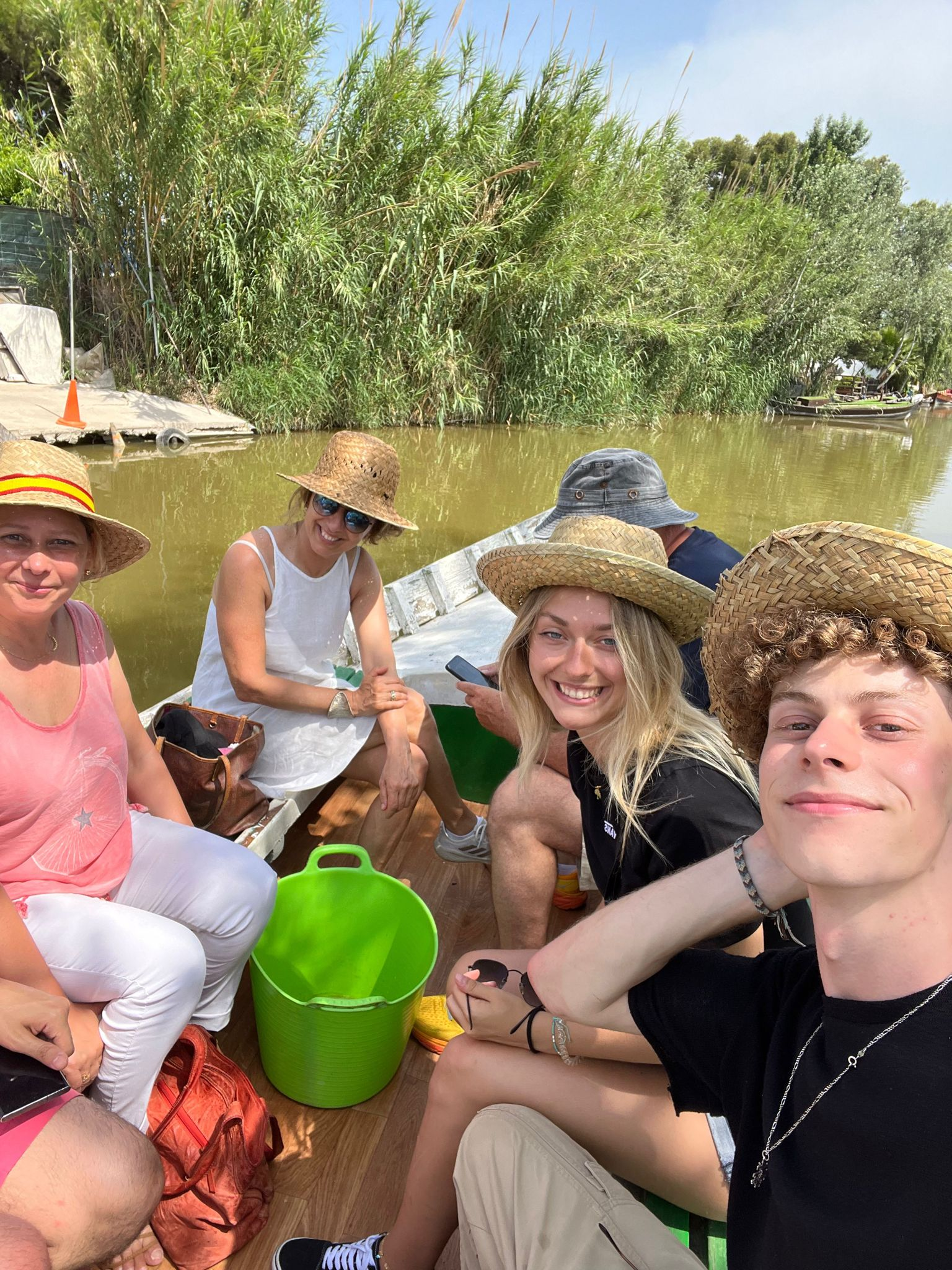
Diary from Valencia, Spain: Micól travels from Ischia (Italy) to Valencia (Spain)
Learning Spanish and getting to know the Spanish culture: Valencian traditions and customs
Destination: Valencia
Teacher: Pilar
Student: Micól
Nationality: Italian
Age: 20
Month: June
Objective: Learn Spanish from scratch
Student’s Profile
Micól is a 20-year-old university student from Italy who already possesses a strong proficiency in several languages. She is fluent in Italian, English, French, and German.
Despite being a native Italian speaker, her desire to add another language to her repertoire led her to Spanish, the official language of 20 countries and one of the most widely spoken languages globally.
She is not just a language enthusiast; her interests extend to sports and animals as well. Micól has a particular fondness for volleyball and has even won championships in her region in Italy. She also loves spending time in her garden, “Giardini Rabino,” where she enjoys the company of her peacocks and dogs.
Micól’s Background
Micól chose to learn Spanish for several reasons. First, her existing language proficiency provides her with an accelerated learning curve. Italian and Spanish share a lot of similarities, from Italian words that closely resemble Spanish words to grammatical structures like grammatical gender and simple past tense. Her love for languages makes her believe in the efficiency of learning Spanish through an immersive experience.
Her Interests and Hobbies
Moreover, her interests in sports and animals found a comfortable fit in the immersion program in Valencia. The program not only allowed her to learn Spanish but also gave her opportunities to indulge in her hobbies, thereby making the process enjoyable and effective.
Why did she choose Valencia?
Choosing Valencia for her course was not a random decision either. The city is rich in traditions and culture that closely align with her interests. The program offered is tailor-made, aligning with her specific needs and preferences, which Micól believes is the fastest route to learning Spanish.
By combining her natural inclination towards Romance languages, her pre-existing language proficiency, and a tailor-made program in Valencia, Micól has set herself up for success in her mission to learn Spanish effectively and quickly.
Initial Expectations: Quick Language Acquisition
Upon arriving in Valencia, Micól had one clear objective: to learn Spanish rapidly. Already proficient in Italian, she had high expectations for her language-learning journey. The commonalities between the two Romance languages were a boon.
Micól thought that the similarities between Italian and Spanish, being from the same language family, would accelerate her learning. Her understanding of Italian vocabulary and sentence structures gave her a solid foundation.
Attending the Corpus Christi Festival
One of Micól’s first cultural experiences in Valencia was the Corpus Christi festival. Surrounded by native Spanish speakers, she had the perfect opportunity to immerse herself in the spoken language.
The festival was not only a vibrant cultural experience but also an educational one. She picked up new Spanish words and phrases, and observed how Spanish speakers naturally use the past tense in conversations.
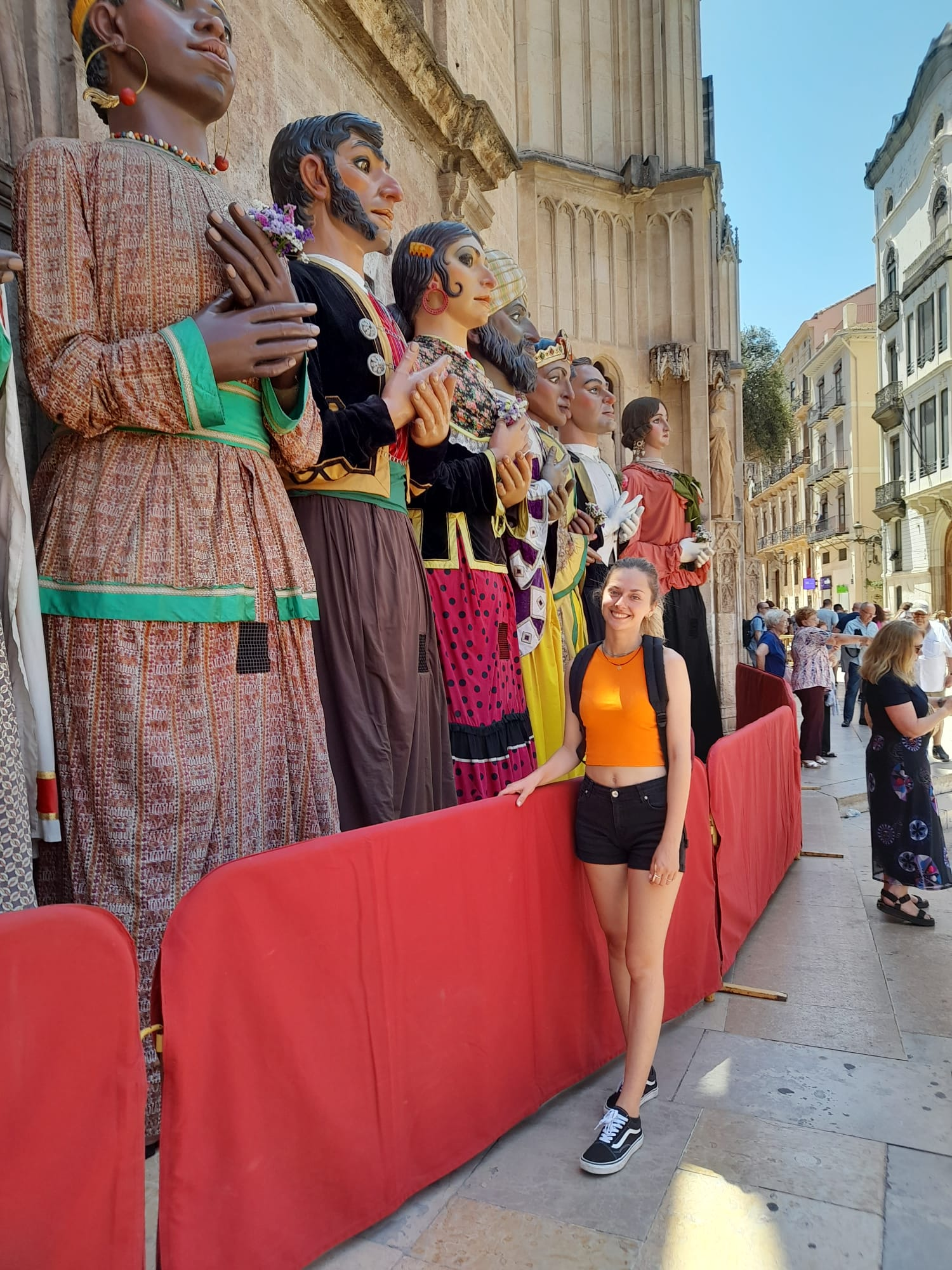
Sports Enthusiasm: Volleyball at the Beachbol Club
Being a sports enthusiast, especially for volleyball, Micól didn’t miss the opportunity to join the Valencia Beachbol Club. The sports setting introduced her to the casual use of Spanish, where she learned more about grammatical gender and its application in daily conversations.
Here, she also noticed the differences between Italian and Spanish pronunciation, gaining insights that would help her sound more like a native speaker. Adventure in Nature: Sierra de Garbí Mountain Climb
Adventure in Nature: Sierra de Garbí Mountain Climb
Another thrilling chapter in Micól’s stay was her mountain-climbing adventure at the Sierra de Garbí. She discovered that outdoor activities were a fantastic way to enhance language skills.
While conversing with local hikers, she encountered various Spanish verbs and their conjugation rules. She was particularly interested to find out how Spanish verbs differ from Italian verbs in their usage, especially in the simple past tense.
The Impact of Cultural Immersion on Language Learning
Micól’s experience in Valencia was about more than just grammar and vocabulary; it was a deep dive into Spanish culture. The Corpus Christi festival, volleyball games, and mountain climbing all added unique layers to her understanding of the Spanish language and its context within Spanish society.
Her Italian background turned out to be immensely helpful; many Italian words are similar to Spanish, and both languages share some common structures, including the use of formal pronouns.
She found that her exposure to native speakers and real-world situations was invaluable. The experience reinforced her belief that language is not just about words and rules; it’s also deeply connected to culture, history, and individual experiences.

The advantages of learning Spanish as a native Italian speaker
The world is a diverse tapestry of languages, cultures and traditions that enrich our lives. For a native Italian speaker, entering the realm of learning Spanish is a journey that offers numerous advantages.
With linguistic similarities, cultural overlaps and expanding global opportunities, the decision to learn Spanish opens the door to a multitude of benefits that go far beyond communication.
Cognitive advantage
One of the most significant benefits for Italian speakers learning Spanish lies in the presence of cognates, which are words that share similar origins and meanings in both languages due to their common Latin roots.
This linguistic overlap gives Italians a head start in learning Spanish, as a considerable part of the vocabulary is already familiar to them. Words such as “family”, “nature” and “hospital” are very similar in both languages, which facilitates and accelerates vocabulary acquisition.
Accelerated learning curve:
The similarities in grammar and sentence structure between Italian and Spanish present a golden opportunity for Italian speakers to accelerate their language learning process.
Both languages share a similar grammatical structure, including the use of gender nouns, definite and indefinite articles and verb conjugations. This synergy eases the transition for Italian speakers, allowing them to understand Spanish grammar with relative ease.
Cultural affinities:
Italy and Spain share a rich history, intertwined with cultural influences that have shaped art, cuisine and traditions. Learning Spanish opens the door to understanding the cultural nuances that unite these two countries.
Italian speakers can more easily appreciate the works of Spanish painters such as Picasso and Salvador Dali, or delve into the literary works of renowned Spanish authors such as Miguel de Cervantes. This cultural connection fosters a deeper appreciation for both societies and their contributions to world heritage.
Enhanced travel experiences:
Exploring the vibrant countries of the Spanish-speaking world becomes a much more enriching experience when you have the ability to communicate in the local language.
Whether walking the bustling streets of Mexico City, savoring tapas in Barcelona or admiring the architecture of Buenos Aires, speaking Spanish allows Italian speakers to immerse themselves more fully in the local culture and connect with the people they encounter.

Career opportunities:
In an increasingly interconnected world, multilingualism is a valuable asset in the job market. Opportunities open up for Italian speakers fluent in Spanish in a variety of fields, such as international business, tourism, translation and diplomacy.
The ability to communicate effectively with Spanish-speaking clients, partners or colleagues can provide a competitive advantage and broaden professional horizons.
Access to a global community:
With more than 460 million native speakers, Spanish is the second most widely spoken language in the world. By learning Spanish, native Italian speakers can access this vast community, fostering connections and friendships that transcend borders. Online forums, language exchange programs and social networking platforms offer avenues to interact with native speakers, improving language skills and broadening perspectives.
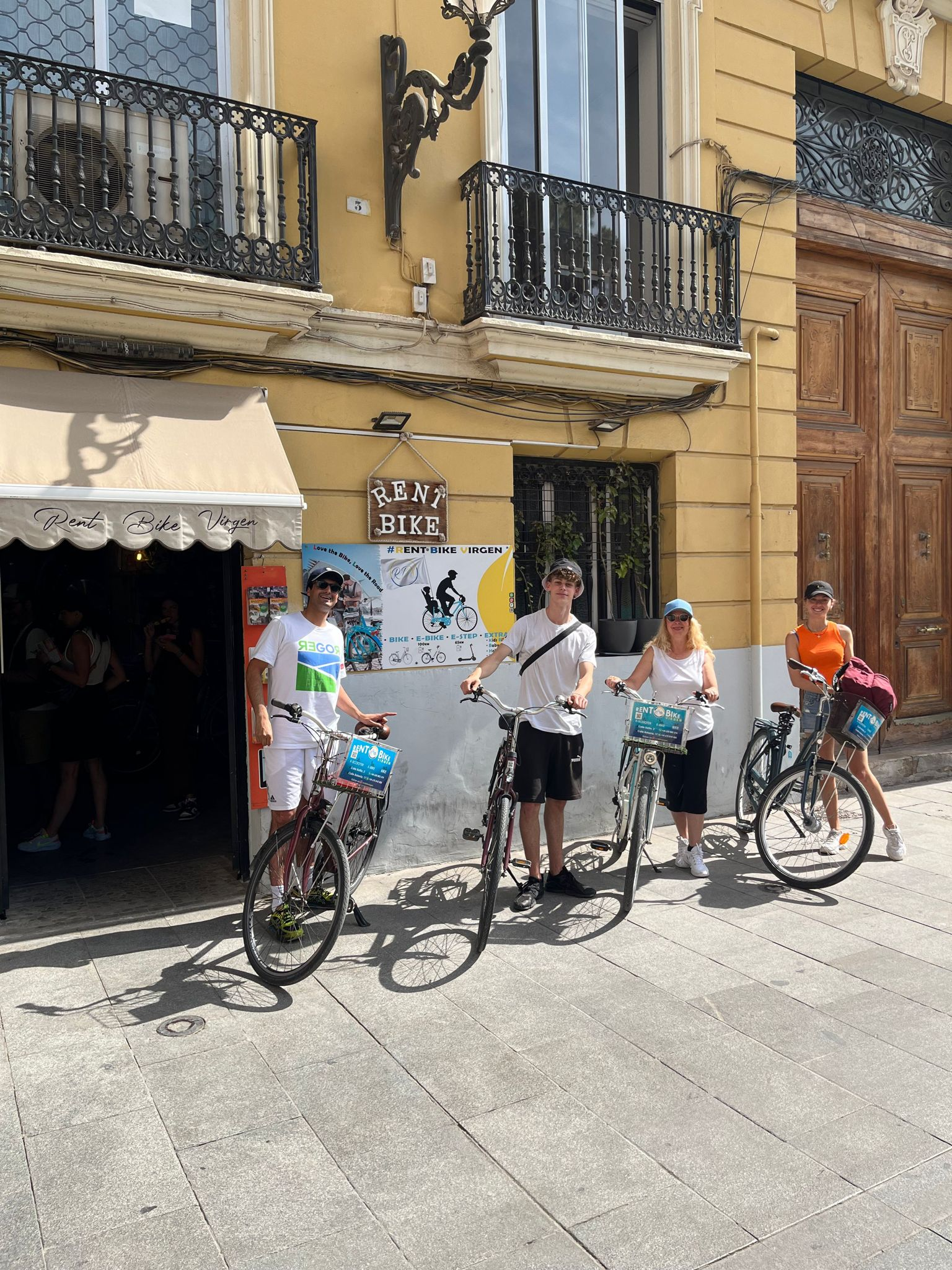
Why Learning Spanish is Easier for Italians
Italians often find it easier to learn Spanish than people from non-Romance language backgrounds. Both languages hail from the same language family, sharing roots in Vulgar Latin. The phonetic similarities between Italian and Spanish pronunciation can be striking. For example, many Italian words resemble Spanish words, which can speed up the vocabulary-building process.
There are also similar expressions in both languages, stemming from shared cultural and historical experiences, such as Roman territories they once were a part of.
Italian speakers may notice fewer difficulties between Italian and Spanish when they delve into the grammatical gender or simple past tense rules. This cuts down the time one would need to become proficient in Spanish. The similarities and differences offer Italians a shortcut in their language-learning journey.
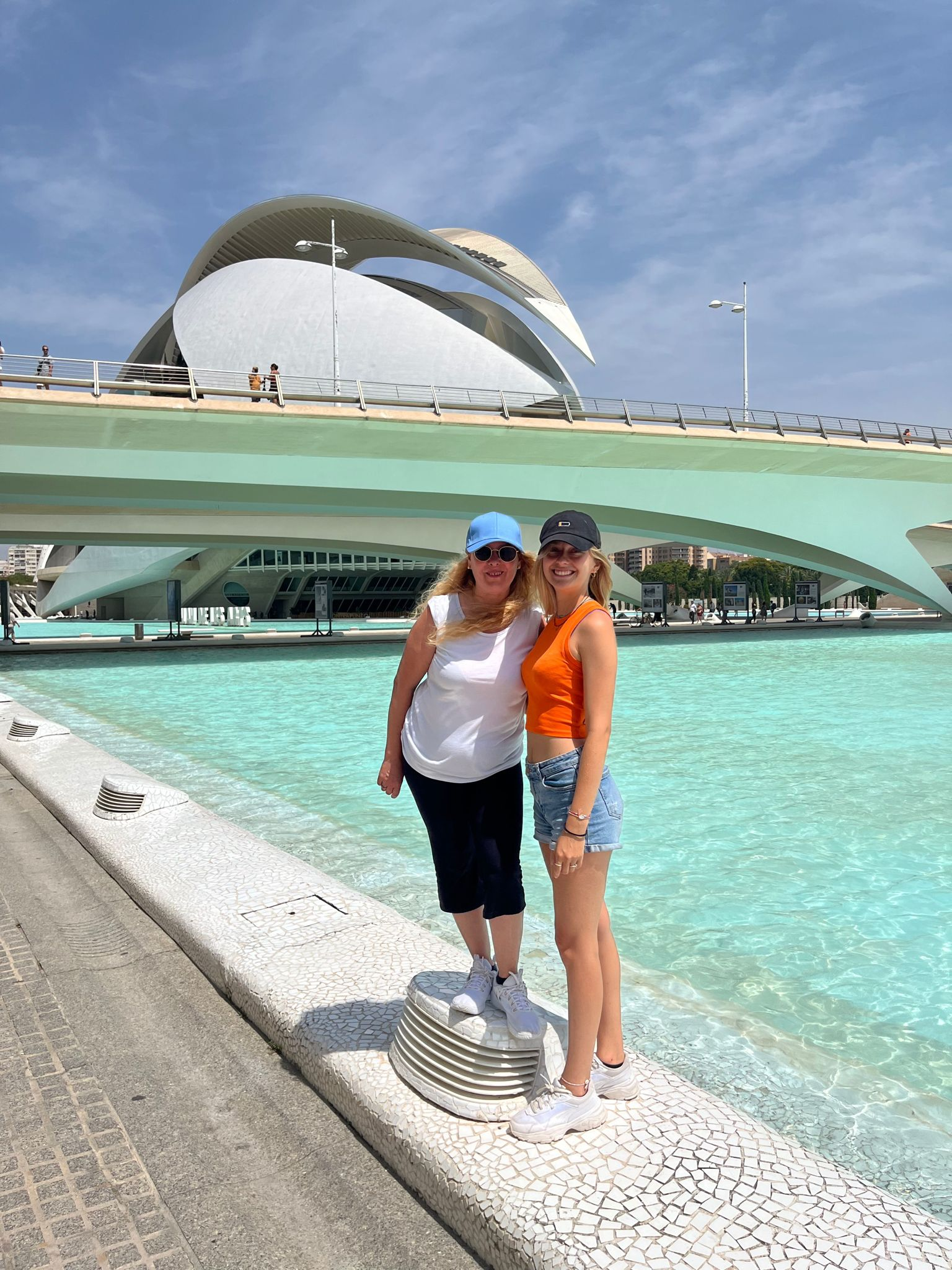
The Importance of Culture in Language Learning
The role of culture in communication can’t be overstated. Understanding the cultural context in which a language is spoken often helps learners grasp not just the words but their deeper meanings and uses. For instance, formal pronouns are used differently depending on social and familial norms in both Italian and Spanish cultures.
This cultural knowledge is invaluable when interacting with native speakers. It offers cues on how to respond or behave in various social situations, contributing to a more authentic language experience. So, if you’re an Italian speaker who wants to learn Spanish, your path is likely to be a smoother one, enriched by the overlap of two Romance languages and their cultural contexts.
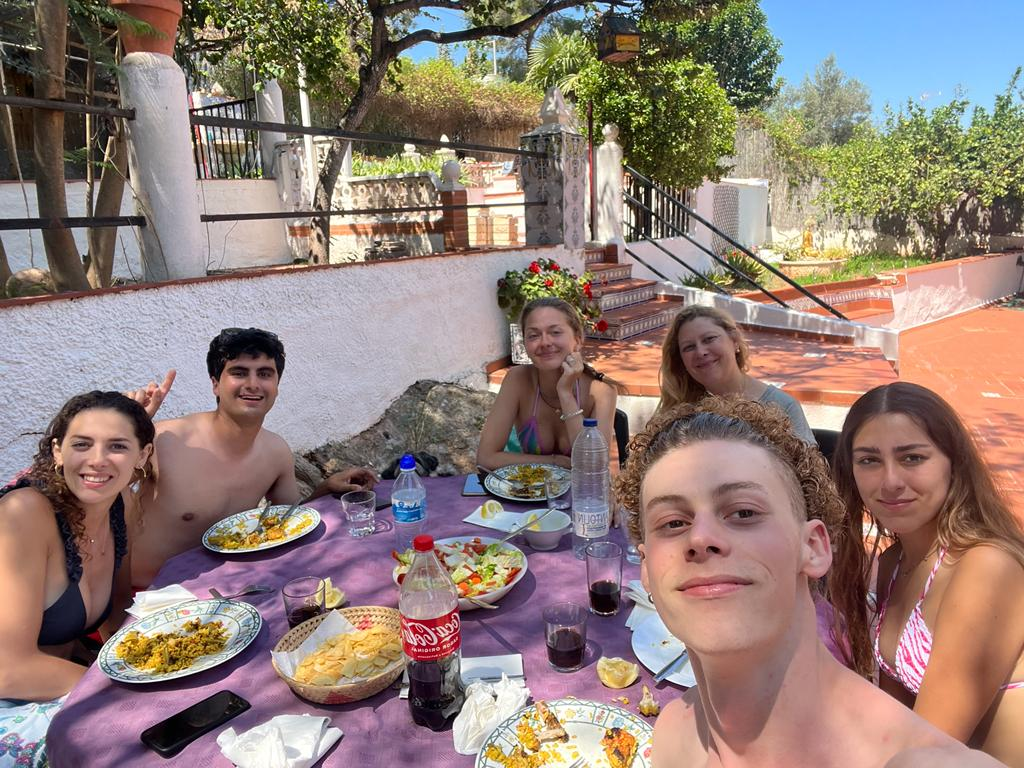
Visit Spain with us and live an experience like Micól’s!
Micól’s journey to Valencia not only boosted her Spanish skills 📚 but also enriched her life in so many fantastic ways 🌈.
From attending the Corpus Christi festival 🎉 to playing volleyball at the beach 🏖️, she immersed herself in the Spanish culture, thereby enhancing her language learning journey 🌍.
One of the exciting aspects 😃 is the similarities and differences Micól found between Italian and Spanish, two Romance languages 🗨️ with roots in Vulgar Latin 📜.
If you’re an Italian speaker 🇮🇹 intrigued by the idea of learning Spanish 🇪🇸, take a page out of Micól’s book 📖.
The familiarity between Italian vocabulary and Spanish words 📝, coupled with the shared grammatical gender rules, makes Spanish less daunting to learn 🤓.
The Roman territories’ shared history 🏛️ and the same language family origins make it easier for native speakers of either language to adapt 🔄.



